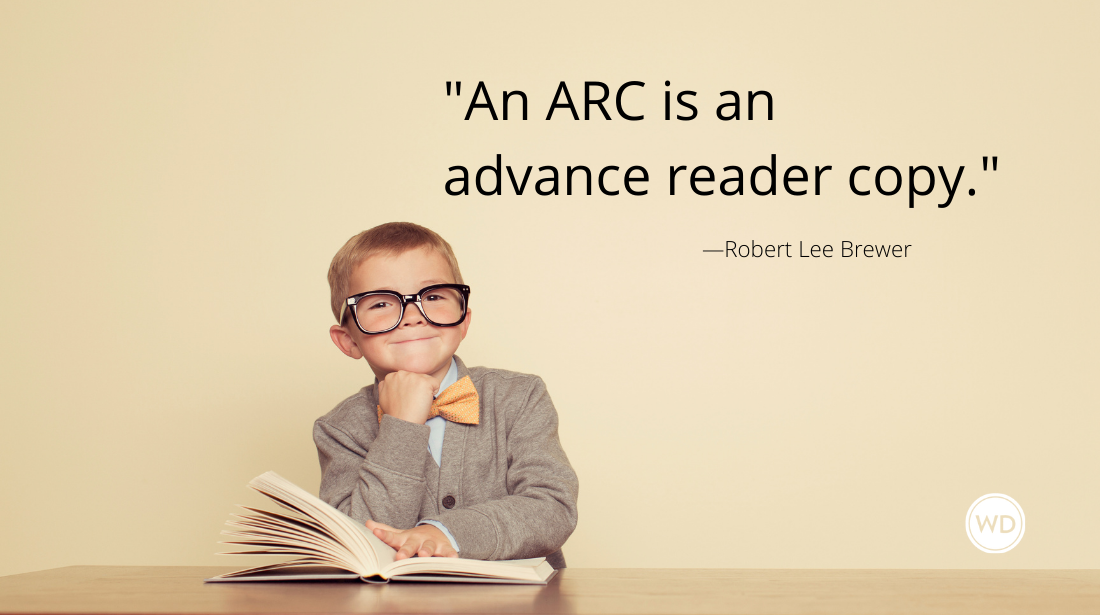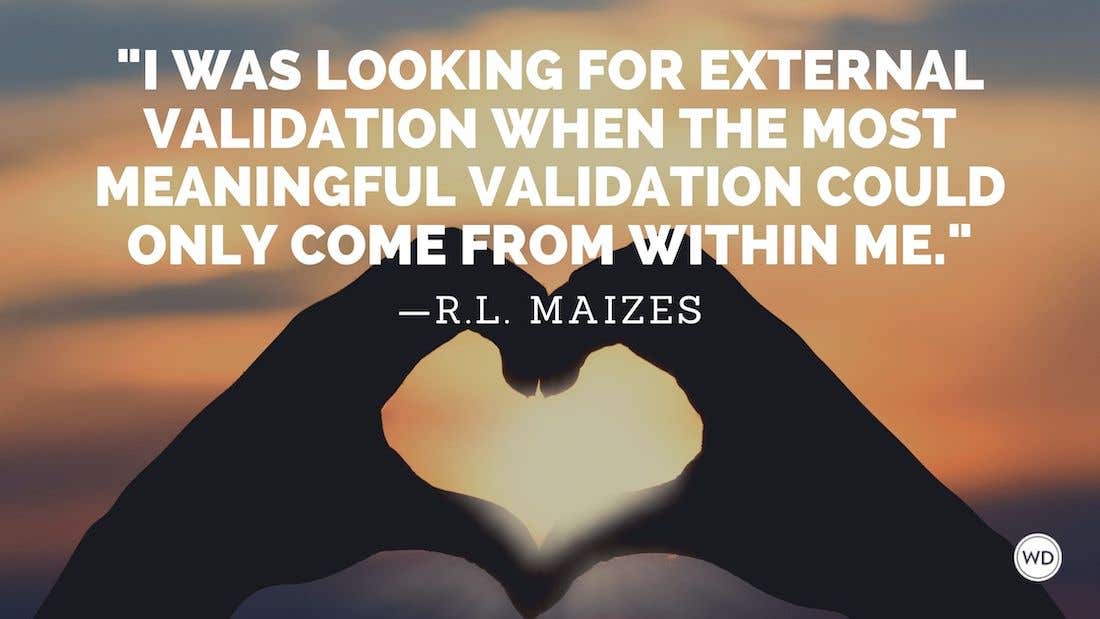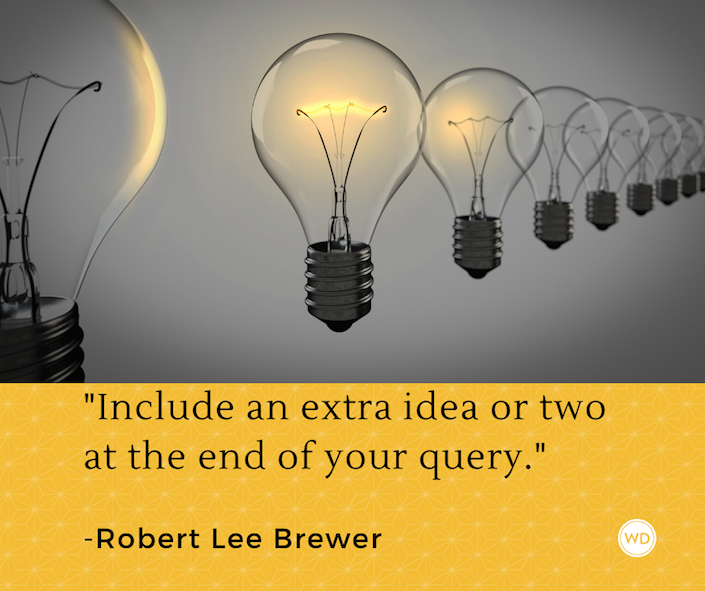“New Adult”: The Next Big Thing?
There’s a new genre targeting readers who are outgrowing YA—but is it here to stay? Here’s what you should know about the New Adult trend.
When the reviews for my recent historical novel started coming in, I was surprised by how often my book was referred to as “New Adult.” I’d heard the term bandied about in certain circles, but hadn’t realized it was growing into a full-fledged genre of its own—even as I was writing work that fit the description myself.
—by Teri Brown
Although the definition of New Adult is still solidifying, generally the term encompasses novels with characters in their late teens or early 20s exploring what it means to be an adult. While some skeptics have asserted that that sounds suspiciously like repackaged “chick lit,” there are key differences—notably, characters skewing younger, and the existence of New Adult subgenres, such as historical (as in Allison Rushby’s The Heiresses) or cyberpunk (Mari Mancusi’s Tomorrow Land).
The term first appeared in 2009 when St. Martin’s Press launched a contest calling for novel submissions that would appeal to “new adult” readers in their early 20s. The brainchild of St. Martin’s publisher at large Dan Weiss, the experiment generated instant excitement among authors and readers alike.
“I had known for years that older readers were reading [young adult novels],” Weiss says. “When I published Sweet Valley University and Fearless back in the late ’90s, we knew that adults found and read them. Over the last few years, the phenomenon has been well-documented—Rowling, Meyer, etc. all have large adult followings, and the line between teen and adult books has been blurring ever since.”
Indeed, a study released last year by Bowker revealed that an astounding 55 percent of the readers of books intended for ages 12–17 are actually over the age of 18.
So how is New Adult growing? And is it a viable market for aspiring writers to target?
New Imprints for New Adults
Entangled Publishing, an experimental publisher with a mission to bridge the gap between traditional and independent publishing, believes so strongly in this growing market that it’s developed a New Adult imprint, Embrace, and tapped veteran YA editor Karen Grove to serve as editorial director. Grove explains that in her 20 years editing YA at Houghton Mifflin Harcourt, she saw many submissions that she loved, but that didn’t quite fit within the parameters of YA. “It drove me crazy that there was no place for these books,” she says. “They wouldn’t be successful in YA and they wouldn’t find an audience in adult. They were in between. It seems the 18–24-year-old had been forgotten in literature.”
For Grove and many others, that in-between time is one of the most exciting periods of personal growth, full of tension, mystery and joy—all of which is ripe ground for fiction.
“The mindset is different in New Adult,” Grove says. “There’s a focus on success and survival versus [high school themes of] popularity and acceptance. The new adult brings their young adult experiences and discoveries to a new level, and they get to choose the adult they want to become.”
Random House has also launched a New Adult imprint, the digital-only Flirt. To date, however, the majority of titles being marketed as New Adult are being published by either adult or YA imprints: Little, Brown’s YA line Poppy recently released Sophie Flack’s Bunheads, featuring a 19-year-old protagonist, and adult imprint St. Martin’s Griffin is publishing the forthcoming New Adult title Brooklyn Girls by Gemma Burgess.
Some industry insiders argue that New Adult should simply be included in adult fiction. Still, “The category for older teens and 20-somethings is underpublished,” Weiss says. “There is no ‘shelf’ in the store, which makes it challenging.”
Reaching the New Adult Market
In spite of early signs that the genre may be taking root, whether or not your favorite bookstore will be adding a New Adult aisle remains to be seen.
While the lack of physical space for the category has been a marketing roadblock for traditional publishers and brick-and-mortar bookstores, it’s a nonissue for e-books, among which New Adult titles (many of them self-published) have been creeping onto digital bestseller lists.
In fact, independent e-book publishing has been the driving force behind the genre’s rapid growth. Online venues have allowed writers with New Adult novels that were being shut out of the market to create their own place.
In November 2012, newcomer Cora Carmack signed a six-figure, three-book deal with HarperCollins based on the chart-topping success of her self-published New Adult e-book, Losing It. The deal landed the New Adult genre its first headline in The New York Times. As reader demand for more books in the genre has become clear, big publishers have since snatched up other indie New Adult authors, such as Jamie McGuire and Colleen Hoover, both of whom had also cracked the bestseller list on their own.
New Adult titles are finding their audience largely through word of mouth—many successful authors in the genre credit their success to social media and bloggers. Leading online book hubs such as Goodreads reveal spikes in numbers of authors, publishers and readers categorizing books as New Adult. And newer co-op websites such as NA Alley (naalley.blogspot.com) and blogs such as A Tapestry of Words (atapestryofwords.blogspot.com) are helping to give voice to both traditionally published and self-published New Adult writers.
What started as a largely grassroots phenomenon driven by readers and the savvy self-publishing authors willing to give them what they’re looking for is becoming increasingly mainstream. Traditional publishers are following suit using many of the same techniques, relying on targeted packaging and social media marketing to reach the New Adult audience in the absence of designated shelf space.
But Grove is optimistic that dedicated New Adult sections are on the horizon, in large part thanks to the Web. “When bookstores eventually find a place for NA novels, it will be because the category has been so popular in the electronic world,” she says.
The New Adult Content Controversy
There’s one other prominent area of debate about the growth of New Adult fiction, and that’s the question of how much sexual content is appropriate in a genre that could so easily hold crossover appeal to the younger YA audience. There has been public criticism that the genre is merely “sexed-up YA,” and that unscrupulous marketers are using erotically charged themes to entice teens to buy their New Adult books. On the heels of the Fifty Shades of Grey phenomenon, it’s more obvious than ever that sex sells—but many in the industry view the prevalent accusations of New Adult being erotica for teens as overdramatized and sensational.
Take Carmack’s book, for example. It’s the story of a 20-something college student determined to lose her virginity before graduation—and its HarperCollins cover design is certainly sexually charged. But there’s no evidence it’s being marketed to young teens: Carmack’s website even specifies that the book is “recommended for readers 18 and up.” And her agent, New Leaf Literary & Media’s Suzie Townsend, says that in New Adult, as with every genre, the range of subject matter is huge and sex is only a small part of it.
“A few of the New Adult books I’ve read could have arguably been called angsty, sexually explicit YA, but I would say that’s the minority,” Townsend says. “To me, New Adult is a more specific name for what we would have called adult novels with strong crossover. They’re targeted for those adult readers who really enjoy YA, and for 20-somethings that haven’t always been able to find a lot of novels taking place during the college years.”
Sara Megibow, an agent from the Nelson Literary Agency, also strongly disagrees with the public criticism of the genre.
“The assertion that New Adult is just sexually explicit YA feels confrontational to me—as if the person doing
the asserting were dismissing the sexual content as a hook or a marketing scam to get more people to buy a book,” Megibow says. “The good New Adult submissions I’ve seen tend to focus on the conflicts of early adulthood—somewhat like the first Bridget Jones book—dating, jobs, first apartments, money, identity, self-sufficiency, etc.”
Whether the New Adult genre is here to stay remains to be seen, but for now, agents, publishers and authors seem increasingly willing to take the risk that the readers who clamor for it are going to be around for quite some time. And that can only be good news for authors everywhere.
*********************************************************************************************************************************
Follow me on Twitter: @BrianKlems
Check out my humor book, Oh Boy, You're Having a Girl.
Sign up for my free weekly eNewsletter: WD Newsletter









